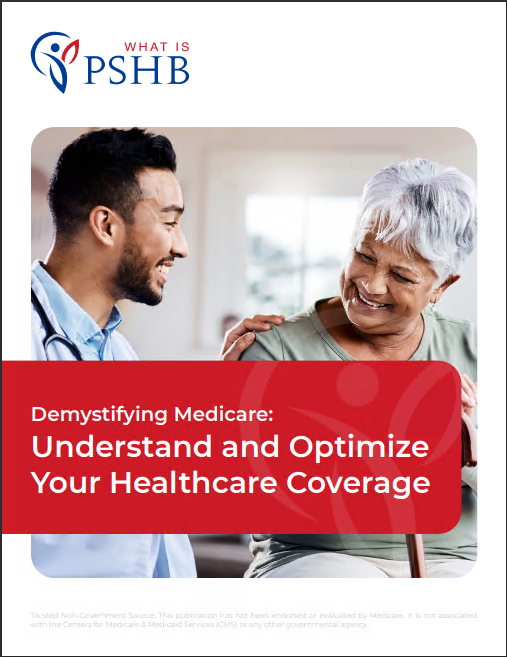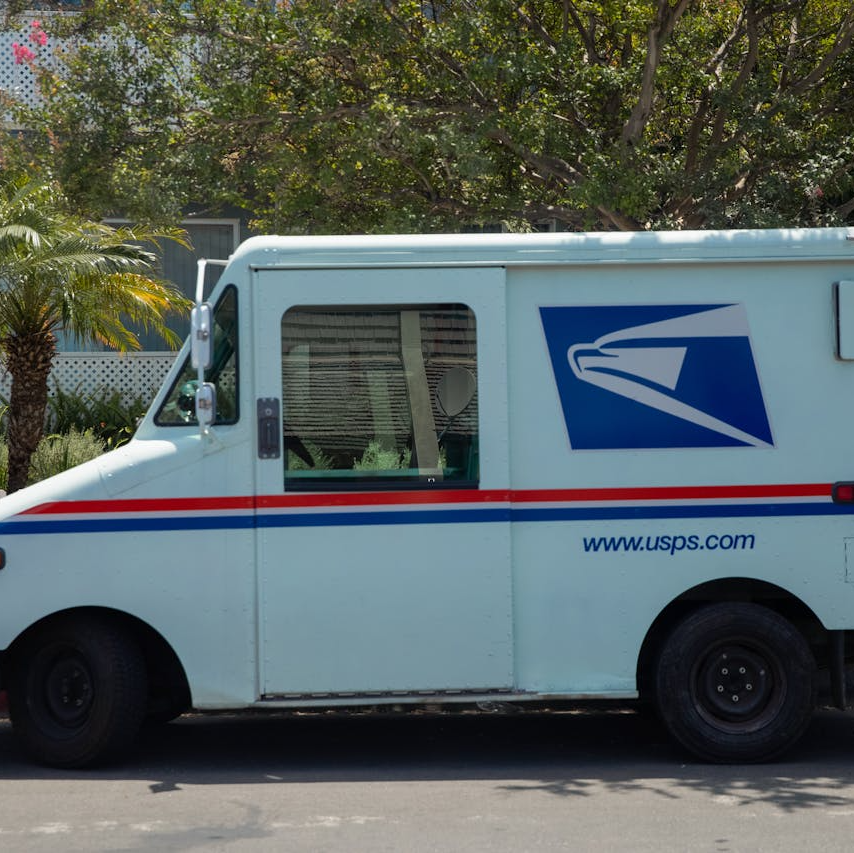Key Takeaways:
- Postal workers have multiple health coverage options tailored to their unique needs and work environment.
- Understanding the differences between FEHB, Medicare, and other health plans is crucial for making informed decisions.
Comparing Health Coverage Options for Postal Workers: Here’s What You Need to Know for 2025
As 2025 approaches, postal workers are faced with important decisions regarding their health coverage. Given the unique benefits offered by the Federal Employees Health Benefits (FEHB) Program, along with options like Medicare, understanding the available choices can significantly impact your health and financial well-being. This guide will explore the primary health coverage options available to postal workers, highlighting key aspects that should be considered when selecting the best plan for your needs in 2025.
Understanding FEHB: A Core Option for Postal Workers
The Federal Employees Health Benefits (FEHB) Program is one of the most comprehensive health coverage options available to federal employees, including postal workers. Established to provide affordable and accessible health insurance, FEHB offers a variety of plans, each with different coverage levels, premium costs, and provider networks.
Why FEHB Remains a Strong Choice
FEHB is known for its wide range of plans, from health maintenance organizations (HMOs) to preferred provider organizations (PPOs). Postal workers can choose from over 250 health plans, depending on their location and specific health needs. This flexibility allows employees to select a plan that best suits their medical needs, whether it be routine care, specialist visits, or more intensive medical procedures.
Additionally, FEHB offers a crucial advantage: it provides the same benefits to postal retirees as it does to active employees. This continuity of coverage is particularly important for those approaching retirement age, ensuring that there are no disruptions in healthcare access during the transition from active employment to retirement.
Considering FEHB Costs
While the specifics of plan costs can vary, it’s important to consider that FEHB premiums are shared between the employee and the government. The government typically covers about 70% of the premium costs, which helps make FEHB an affordable option compared to many private insurance plans. However, it’s important to carefully compare the premium rates, out-of-pocket expenses, and coverage benefits of each plan within the FEHB program to find the best fit.
Medicare: A Critical Component for Retirees
For postal workers nearing retirement, Medicare becomes an essential part of their health coverage landscape. Medicare, the federal health insurance program for individuals aged 65 and older, offers coverage in four parts: Part A (hospital insurance), Part B (medical insurance), Part C (Medicare Advantage), and Part D (prescription drug coverage).
How Medicare Works with FEHB
One of the most significant considerations for postal workers is how Medicare integrates with FEHB. Upon reaching the age of 65, postal workers can enroll in Medicare while maintaining their FEHB coverage. This combination can provide robust coverage, with Medicare acting as the primary payer and FEHB serving as secondary insurance. This dual coverage can greatly reduce out-of-pocket costs, as Medicare typically covers hospital and medical expenses, leaving FEHB to cover the remaining costs such as co-pays and deductibles.
Medicare Parts and Their Relevance
-
Medicare Part A: This part covers inpatient hospital stays, care in a skilled nursing facility, hospice care, and some home health care. Most postal workers will qualify for premium-free Part A if they or their spouse have paid Medicare taxes while working.
-
Medicare Part B: Part B covers certain doctors’ services, outpatient care, medical supplies, and preventive services. Postal workers must pay a monthly premium for Part B, which can vary based on income.
-
Medicare Part C (Medicare Advantage): This is an all-in-one alternative to Original Medicare (Part A and Part B) offered by private insurance companies approved by Medicare. These plans often include additional benefits like vision, hearing, and dental coverage.
-
Medicare Part D: Part D provides prescription drug coverage. It’s important to note that many FEHB plans already include prescription drug coverage, so postal workers should compare Part D plans to see if they offer any additional benefits.
The Role of the Postal Service Health Benefits (PSHB) Program
Starting in 2025, postal workers will have access to a new program known as the Postal Service Health Benefits (PSHB) Program. This program is designed specifically for postal workers and retirees, offering plans that may differ slightly from those available under the broader FEHB program.
What to Expect from PSHB
The PSHB Program aims to streamline health benefits for postal employees by aligning them more closely with the needs of the postal workforce. While the exact details of the PSHB plans are still being finalized, it is anticipated that these plans will offer similar coverage to existing FEHB plans but may include benefits that are more tailored to the health risks and challenges associated with postal work.
One potential advantage of the PSHB Program is that it might offer more competitive premiums for postal workers, given that the plans are specifically negotiated for this group. Additionally, the PSHB may provide enhanced services for retirees, particularly those who opt into Medicare.
Transitioning from FEHB to PSHB
For current postal employees and retirees, transitioning to the PSHB Program should be a seamless process. It is expected that those enrolled in FEHB will be automatically transferred to a corresponding PSHB plan unless they choose to opt-out or select a different plan during the open season. This automatic enrollment helps ensure that there are no gaps in coverage during the transition.
How to Choose the Right Plan for 2025
When selecting a health plan for 2025, postal workers should consider several key factors, including their health status, financial situation, and retirement plans. The following tips can help guide this decision-making process:
Assessing Your Health Needs
Evaluate your current health status and anticipate any future medical needs. For instance, if you have a chronic condition that requires regular specialist visits, a plan with lower co-pays for specialist care might be more cost-effective in the long run. Conversely, if you are generally healthy, you might prefer a plan with lower premiums and higher deductibles.
Understanding Premiums vs. Out-of-Pocket Costs
It’s crucial to strike a balance between premiums and out-of-pocket costs. A plan with lower premiums might seem attractive, but if it comes with high deductibles and co-pays, it could end up costing more if you need extensive medical care. Conversely, higher-premium plans often offer better coverage with lower out-of-pocket costs, which could be beneficial if you anticipate needing frequent medical services.
Considering Family Coverage
If you’re covering dependents, make sure to assess how each plan handles family coverage. Some plans might offer better family rates or more comprehensive benefits for dependents, which can significantly affect your overall health care expenses.
Evaluating Prescription Drug Coverage
Postal workers should closely examine the prescription drug coverage offered by each plan. With the cost of medications on the rise, having a plan that covers your prescriptions effectively is critical. If you’re considering Medicare, compare the Part D options to ensure that your medications are covered.
Planning for Retirement
For those nearing retirement, consider how your health coverage needs will change. Medicare will likely become a central part of your health coverage, so understanding how it works with FEHB or PSHB is essential. Retirees should also consider the cost of Medicare premiums, which are deducted from Social Security benefits, and how this will affect their budget.
Preparing for Open Season: Key Dates and Deadlines
The open season is a critical time for postal workers to review and make changes to their health coverage. For 2025, open season will likely occur in the fall of 2024, providing an opportunity to evaluate the new PSHB options and make any necessary adjustments to your coverage.
What to Do During Open Season
- Review Plan Options: Take time to carefully review all available plans under FEHB and PSHB. Consider any changes in your health status or family situation that might necessitate a change in coverage.
- Attend Information Sessions: The Postal Service often offers webinars and information sessions during open season to help employees understand their options. Take advantage of these resources to ensure you’re making an informed decision.
- Update Personal Information: Ensure that your personal information is up-to-date in the PostalEASE system, as this will be used to manage your health benefits.
Avoiding Common Pitfalls
One common mistake during open season is failing to thoroughly review plan changes. Health plans can change their benefits, provider networks, and costs from year to year, so it’s important not to assume that your current plan will remain the best option. Make sure to read all plan documents carefully and consider consulting with a licensed insurance agent for personalized advice.
Ensuring Comprehensive Coverage for 2025 and Beyond
Navigating health coverage options as a postal worker involves understanding the interplay between FEHB, PSHB, and Medicare. By taking the time to evaluate your health needs, financial situation, and retirement plans, you can make informed decisions that will protect your health and financial well-being in 2025 and beyond. Remember to stay informed during open season and take advantage of the resources available to you to select the best possible health coverage.
Contact Information:
Email: [email protected]
Phone: 9565558901












